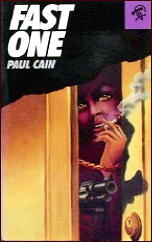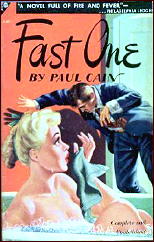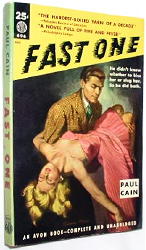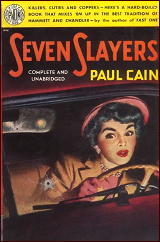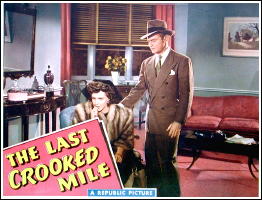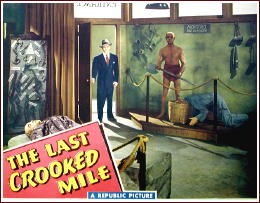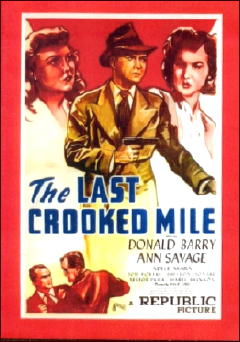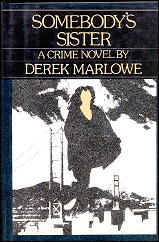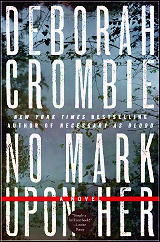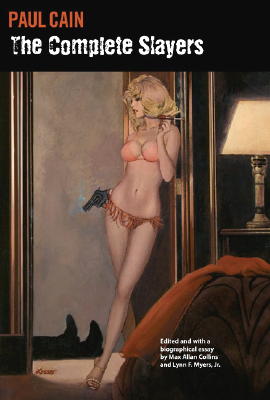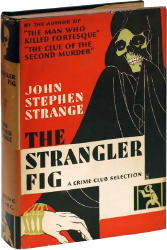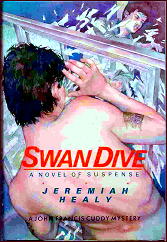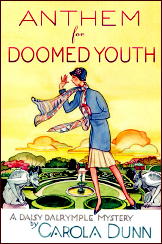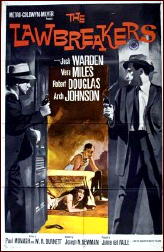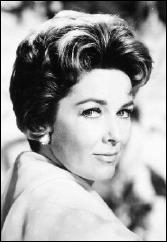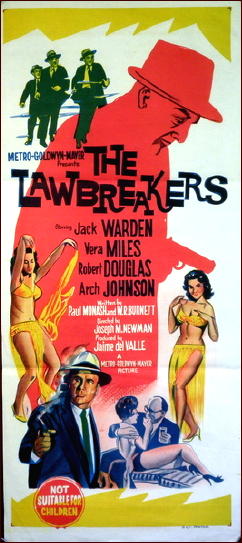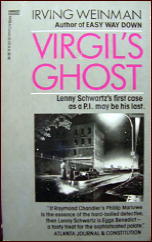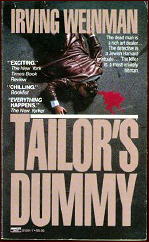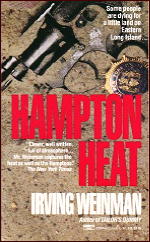REVIEWED BY WALKER MARTIN:
PAUL CAIN – The Complete Slayers. Edited and with a biographic essay by Max Allan Collins and Lynn F. Myers, Jr. Centipede Press, hardcover, March 2012.

Recently I was very impressed by a collection of hardboiled literature and we discussed it here on Mystery*File. I’m talking about Frederick Nebel’s The Complete Casebook of Cardigan. Around the same time, a second collection was published, this time by Paul Cain (no relation to James Cain). The book is titled The Complete Slayers and has created a buzz on the internet and in some discussion groups.
Paul Cain’s career was far shorter than Frederick Nebel and except for one short story in 1949, all his fiction appeared during the period between 1932 and 1936. At least three major newspapers have reviewed the book, one did not like it and the other two loved it.
In The Wall Street Journal, Lee Sandlin bluntly states, “Cain wasn’t any good.” However in The Washington Post, Michael Dirda, who won a Pulitzer Prize for his reviews, gives the collection a very favorable review and stresses Raymond Chandler’s quote about Paul Cain’s style being “some kind of high point in the ultra hard-boiled manner.”
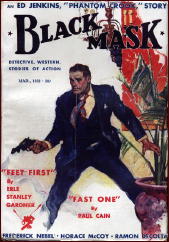
He then finishes his long review by saying, “There’s absolutely nothing to criticize about the knockout stories inside the book…” The Los Angeles Review of Books also gives it a favorable long review and discusses “The grim hardness of a neglected noir master.”
I’ve been a long time admirer of Paul Cain and first read his work in Black Mask back in the 1970’s when I was picking up back issues for only a few dollars each. Of the 20 stories in this collection, 17 of them first appeared in Black Mask. Five were combined and published as Cain’s only novel, Fast One.
I reread the novel a couple times over the years and now with this collection, which reprints the novel in its original magazine form, I feel I can safely say that Fast One definitely deserves to be on any list of the 10 best hardboiled novels.
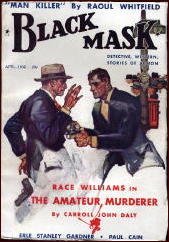
On a recent panel at PulpFest in Columbus Ohio, the topic was Black Mask and the consensus was that Paul Cain was one of the very best writers for the magazine, after of course, Dashiell Hammett and Raymond Chandler. Exactly how editor Joseph Shaw discovered Paul Cain is still a mystery but we can recreate some of the details of what must have happened.
In 1930 Dashiell Hammett stopped writing for Black Mask. He had been writing for the magazine for several years and had just about created the hardboiled detective. I say just about because some scholars also credit Carroll John Daly. He left not because of any disagreement but simply because the movie industry in Hollywood paid far more money.
Shaw even sent Hammett a check for $500 as an advance on another story, but this money was now just pocket change since Hollywood was paying more than this every week.
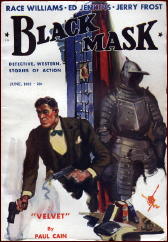
In an attempt to replace Hammett, Joseph Shaw got Frederick Nebel to start writing a series about another agency detective called Donahue. There were over a dozen of these novelets, which will soon see publication as Tough As Nails (Altus Press). Then in 1932 he discovered Paul Cain, and it’s obvious that Cain was encouraged to write in the Hammett, tough hardboiled style.
The first story by Cain appeared in the March 1932 issue of Black Mask and was called “Fast One” The first novelet of a series that would eventually be published as the novel, Fast One.
It stars Gerry Kells and relates the complicated plot of how Kells gets involved in gambling and corrupt politics. The story is very bleak, very violent, very fast.
Kells gets his face carefully kicked, sapped on the head, shot in the leg, an ice pick in the back, and finally a car crash. If you are looking for a clean cut hero with a happy ending, then this is not the book for you.
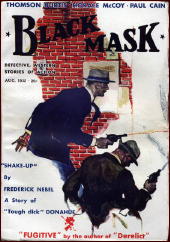
His girlfriend Granquist has no first name and is a drunk. Again, not your typical pretty, young heroine of most novels. In fact I consider her to be one of the most believable gangster girlfriends that I have read about.
Then in 1933, Shaw discovered Raymond Chandler as the hunt to replace Hammett continued. In 1936 Joseph Shaw left Black Mask over a salary dispute and he had such a big influence that several writers also quit the magazine.
When he left, so did Paul Cain, Frederick Nebel, and Raymond Chandler. Lester Dent also stopped writing for the magazine. He only wrote two hardboiled stories but he might have written more with Shaw’s encouragement. The magazine became quite different after Shaw left, certainly less hardboiled.
The Complete Slayers is published by Centipede Press in a special 500 copy edition, signed by the editors and the artist, Ron Lesser. The cover price is $75 but I see that amazon.com still is discounting it at $47.
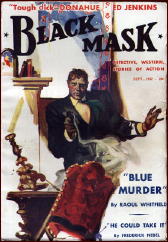
This book is definitely worth the price. There are 622 pages, a biographical essay about Cain’s life, a 13 page color section of book and magazine covers, and each story has an introduction. The dust jacket cover is a knockout showing a scantily dressed blond, casually pointing a gun at some guy lying on the floor.
There is one incorrect statement in the biography that has to be pointed out. The editors state that after Shaw left Black Mask in 1936, Daisy Bacon took over as editor. Daisy worked for Street and Smith and was responsible for the astounding success of Love Story, which was the biggest seller of all the pulp magazines. I’ve heard circulation reports of 600,000 a week.
She eventually became editor of Detective Story in the 1940’s but at no time did she ever edit Black Mask. The lady who took over after Shaw was Fanny Ellsworth(1936-1940). Then Ken White became editor in 1940 when Popular Publications bought the title.
If you like hardboiled fiction or the tough Black Mask style, then this collection is a must buy. It gets my highest recommendation.
